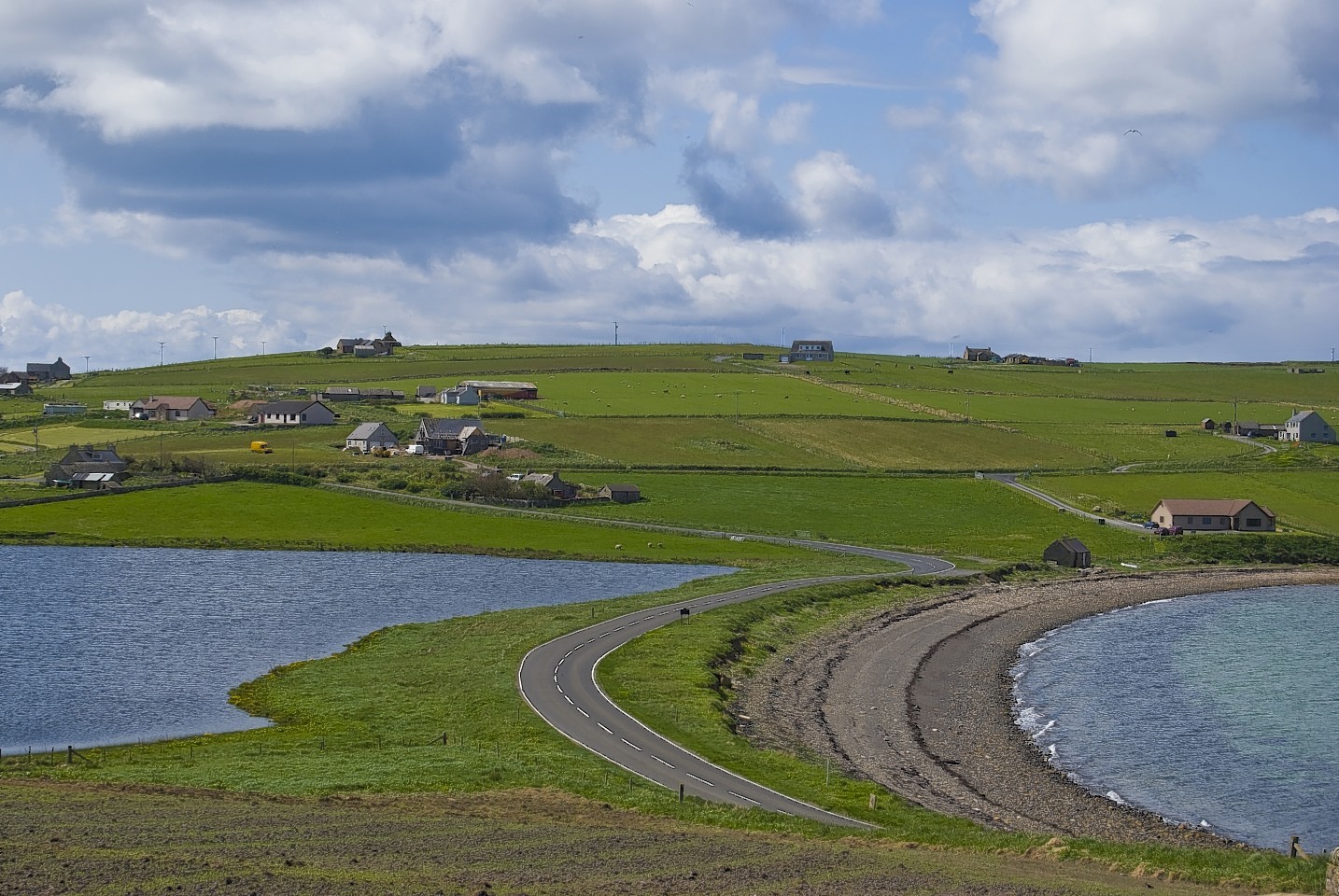A car driver on Orkney will typically pay around a quarter of what someone in London has to shell out on car insurance each year.
As well as enjoying the cheapest premiums in Scotland, Orcadians have the second lowest rates in the UK, according to an AA survey published today.
Another group of islanders, those resident on the Isle of Man, can claim the title of the cheapest with an average annual premium of £231.
Meanwhile, Londoners are forced to pay out £922 for the equivalent cover, with Orkney drivers’ outlay of £252 almost a quarter of that.
Also in the lowest 15 areas are addresses with an AB postcode, which covers Aberdeen city and shire, who are second cheapest in Scotland at £285, as well as Perth, third cheapest on £286, and Shetland at £296, fourth lowest in Scotland and tenth cheapest in the UK.
One place, and £1 below them, are the drivers of Inverness, with Galashiels sneaking into the lowest 15, while there are no Scottish areas in the highest 15.
The cheapest mainland postal area for car insurance is in the south-west of Cornwall, at £279.
Managing director of AA Insurance, Janet Connor, said: “Car insurance premiums take into account not just the experience and age of the driver and the car model being driven, but a range of other factors including where the car is normally kept.
“The premium reflects the likelihood of a claim being made and, in some urban areas, there is much greater risk of a collision taking place, or of car crimes such as theft of or from a vehicle, uninsured driving or attempts at ‘cash for crash’ fraud.
“Sadly, the criminality of some people has a detrimental effect on the premiums paid by honest motorists in such places.
“But over the past year premiums have, on average, fallen in most areas of the UK and, encouragingly, some of the biggest falls have been in postcode areas that traditionally have paid the highest premiums.”
The survey was carried out in conjunction with the British Insurance Brokers’ Association (BIBA).
